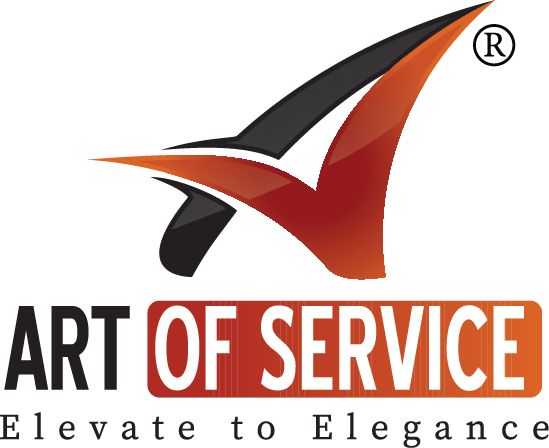No products in the cart.
Return To Shop
Why Offline Marketing Still Matters in the Digital Age
Why Offline Marketing Still Matters in the Digital Age ?
In our hyper-connected world, it’s easy to get caught up in the allure of digital marketing. Social media campaigns, targeted ads, and intricate SEO strategies all play vital roles in modern business. However, overlooking the power of offline marketing can be a costly mistake.
A World Beyond Screens: Reaching Audiences Not Actively Online
While digital penetration is high, a significant portion of the population still primarily relies on offline channels for information and entertainment. This includes:
Seniors: Many seniors may not be comfortable with online platforms or have limited internet access. They often rely on traditional media like newspapers, television, and radio for news and entertainment.
Rural Communities: Reliable internet access can be scarce in rural areas, making offline channels more effective. Limited bandwidth and high costs can hinder online engagement for many residents.
Low-Income Households: Economic constraints can limit access to high-speed internet and smartphones. This digital divide disproportionately impacts low-income households, making them less reliant on online channels.
The “Tech-Weary”: Even among younger demographics, there’s a growing segment of individuals seeking a digital detox. They actively seek out experiences that disconnect them from screens, making offline channels more appealing.
The Power of Tangible Experiences: Providing Meaningful Brand Interactions
Offline marketing offers a unique opportunity for tangible brand interactions that create lasting impressions.
Print Advertising: Brochures, flyers, and newspaper advertisements provide a physical presence that can be kept and referred to later. Customers can easily revisit key information, product details, and contact information at their own pace.
Direct Mail: Personalized letters, postcards, and catalogs create a sense of exclusivity and direct communication. This tactile experience fosters a stronger connection with the brand, making it more memorable than a fleeting online ad.
Tradeshows and Events: These offer face-to-face interactions, allowing customers to experience products firsthand and build relationships with brand representatives. Events like product demonstrations, workshops, and sampling sessions create memorable experiences that are difficult to replicate online.
Retail Storefronts: A physical store provides a tangible presence in the community and allows customers to interact with products and staff directly. This creates a sense of place and allows for personalized recommendations and customer service that can’t be easily replicated online.
A Synergistic Approach: Complementing Digital Marketing Efforts
Offline marketing doesn’t exist in a vacuum. It effectively complements digital strategies, creating a more holistic and impactful marketing presence.
Brand Reinforcement: Offline channels reinforce brand messaging and visuals seen online. Consistent branding across all platforms, whether it’s a print ad mirroring a social media campaign or a storefront reflecting the website’s design, strengthens brand recognition and recall.
Lead Generation: Offline campaigns can drive traffic to online platforms, such as websites and social media pages. QR codes on print materials, unique landing pages for offline promotions, and calls to action encouraging online engagement all contribute to a seamless customer journey.
Omnichannel Experience: A seamless blend of online and offline channels creates a cohesive and engaging customer journey. For example, customers can research products online and then visit a physical store to experience them firsthand, or they can receive a personalized offer through direct mail based on their online browsing history.
Personalized Engagement: Building Stronger Customer Relationships
Offline channels can foster personalized customer engagement that goes beyond generic online interactions.
Direct Mail: Allows for targeted messages and personalized offers based on customer data. Direct mail can be segmented based on demographics, purchase history, and other relevant factors, ensuring that each recipient receives a message that is relevant and engaging.
In-Store Experiences: Offers opportunities for personalized recommendations and customer service. Sales associates can provide tailored advice, answer specific questions, and build rapport with customers on a personal level.
Local Partnerships: Collaborations with local businesses can create targeted campaigns within specific communities. Partnerships with complementary businesses can expand reach and offer unique value propositions to customers. For example, a coffee shop could partner with a local bookstore to offer a joint promotion featuring a free coffee with the purchase of a book.
Navigating the Offline Landscape: Key Considerations
While offline marketing offers numerous benefits, it’s crucial to approach it strategically:
Target Audience Analysis: Understanding your target audience’s offline behaviors and preferences is essential for selecting the most effective channels.
Creative and Engaging Content: Offline marketing materials must be visually appealing, informative, and engaging. High-quality design and compelling messaging are key to capturing attention and driving results.
Measurable Objectives: Setting clear and measurable objectives for each offline campaign is crucial for tracking progress and evaluating ROI.
Budget Allocation: Allocate budget effectively to maximize the impact of your offline marketing efforts.
Data Analysis and Optimization: Continuously analyze the performance of your offline campaigns and make adjustments based on the data collected.
Conclusion
Offline marketing is far from obsolete. When strategically integrated with digital efforts, it can significantly enhance brand visibility, drive customer engagement, and ultimately contribute to business growth.
At Art of Service, we understand the power of a multi-faceted approach. Our team can help you develop a comprehensive marketing strategy that effectively leverages both online and offline channels. We offer a wide range of services, including:
Branding: Developing a strong and consistent brand identity across all touchpoints.
Design: Creating visually appealing and impactful marketing materials, from print advertisements to in-store displays.
Printing Services: Providing high-quality printing solutions for all your marketing needs.
Giveaways: Developing creative and engaging giveaways to attract attention and generate excitement.
Handmade Products: Offering unique and personalized handmade products for promotional purposes.
Contact us today to learn more about how we can help you reach your target audience and achieve your marketing goals.








Add comment